Vietnamese Man Decorates Home With Almost 10,000 Porcelain Dishes
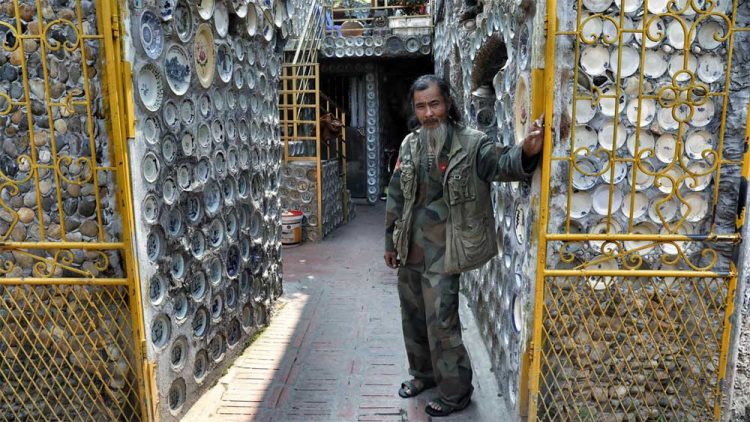
A Vietnamese man obsessed with traditional porcelain dishes and antiques has spent the last 25 years of his life decorating his house with almost 10,000 porcelain bowls, plates and urns. Nguien Van Truong first fell in love with porcelain antiques in 1986, a year after being discharged from the army and returning to his home […]
The Seneca White Deer – World’s Largest Herd of White Deer

The former Seneca Army Depot in upstate New York is home to a rare herd of white-tailed deer, all of which carry a recessive gene for all-white coats. The Seneca white deer are not albinos, they are a natural variation of the white-tailed deer, which are usually a brown color. These rare deer are leucistic, […]
Bangkok’s “David Beckham Temple” Is One of the World’s Weirdest Religious Buildings
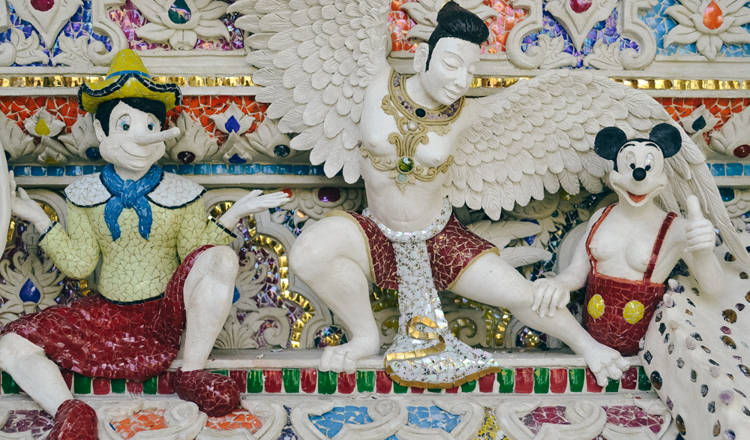
Wat Pariwat, in Bangkok, Thailand, gets its famous nickname – “David Beckham Temple” – from a gold-plated statue of the English former football player holding up a statue of Buddha. But that’s just one of the unexpected characters you’re bound to notice visiting this unusual holy place. David Beckham’s statue was installed at Pariwat Temple […]
This French Forest Is Home to Over 100 Wallabies

If you find yourself walking thorough the forest of Rambouillet, just west of Paris, and happen to see an animal resembling a kangaroo, know that your eyes aren’t playing trick on you, the French forest has been home to up to 150 wallabies for over 40 years. The colony of red-necked Bennett’s wallabies living in […]
Purple Island – South Korea’s Newest Instagram-Worthy Tourist Attraction

There are plenty of interesting places to visit in South Korea, but if you’re all about adding new and exciting content to your Instagram feed, the you simply must add the Purple Island on your itinerary. With the Covid-19 wreaking havoc around the world, South Korea included, international travel isn’t what it used to be […]
Drone Photographer Captures ‘Lenin’-Shaped Forest in Siberia
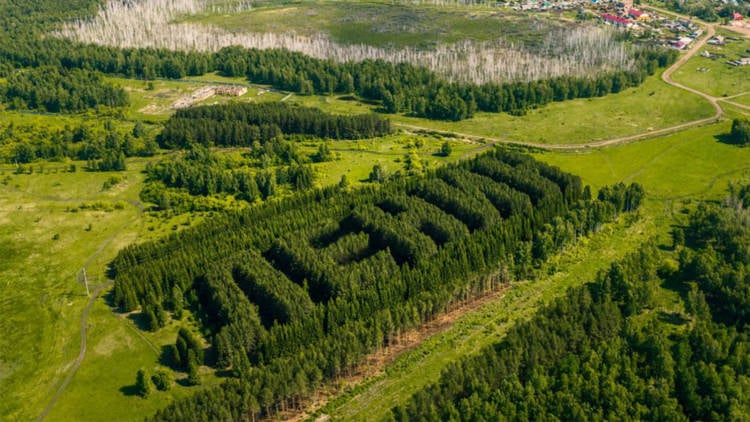
Vladimir Ilich Lenin, the founder and first leader of the Soviet Union, lives on in the hearts and minds of the Russian people, but also in one little-known geoglyph in the country’s Siberia region – pine tree forest that spells “Lenin” in Cyrillic letters. Russian photographer Slava Stepanov was planning a business trip to the […]
The Twisted Trees of Slope Point – A Natural Wonder Shaped by the Wind

Slope Point is known for being the southernmost tip on New Zealand’s South Island, but also for hosting some of the strangest-looking trees in the world. They are shaped by the relentless winds that constantly pummel this place. Trees don’t usually grow in the Slope Point area. It’s not that the soil isn’t fertile enough, […]
The Mesmerizing Salt Pools of Siwa Oasis

Siwa Oasis, one of Egypt’s most remote settlements, is also a popular tourist destination thanks in no small part to the stunningly beautiful salt pools with their azure water that people can float in. Salt is both a blessing and a curse in Siwa. Years ago, people started realizing that there is money to be […]
Grandparents Create Real-Life Totoro Station for Their Grandchildren, It Becomes Viral Tourist Attraction
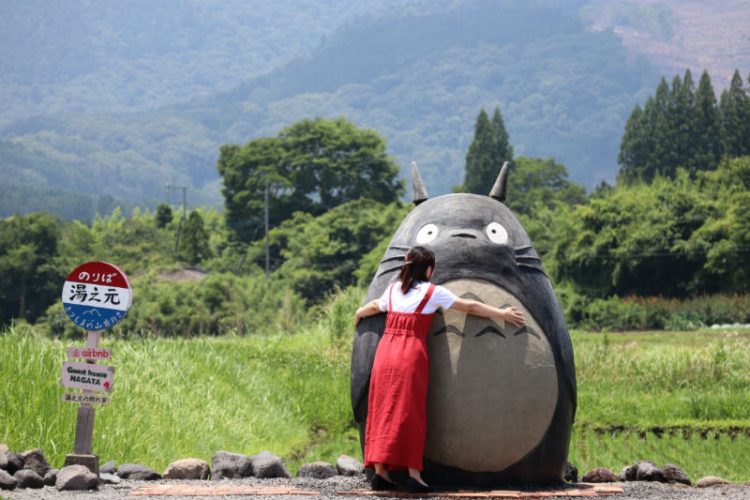
An agricultural field is one of the last places you would expect to find a tourist attraction for fans of Hayao Miyazaki’s anime, but this one farm in Japan’s Miyazaki Prefecture is actually home to a popular Totoro Bus Station. If you’ve ever watched Miyazaki’s “My Neighbour Totoro” anime, you’re probably familiar with the simple […]
How the World’s Largest Signature Is Used by NASA to Analyze Satellite Imagery

In the late 1990’s, when a Texas farmer decided to clear up some new grazing land for his cattle by leaving up just enough trees to spell his name in giant letters, he probably never imagined that his signature would one day be used by NASA to evaluate the quality of their satellite cameras. Jimmie […]
Horsetail Falls – The Yosemite Waterfall That Turns Into a Natural Firefall in February

A temporary waterfall in Yosemite National Park has become a popular tourist attraction in the mouth of February, because under the right conditions sunlight makes the water flowing down the rock face look like fire, hence its nickname, Yosemite Firefall. Every year, from December to April, water from melting mountain snow flows toward the eastern […]
Small Italian Town Lights Up World’s Largest Christmas Tree

For nearly three decades, Gubbio, a small medieval town at the foot of Mount Ingino in Italy’s Umbria region, has held the Guinness Record for the world’s largest Christmas tree. In 1981, the 750-meter Christmas tree spread over the slope of Mount Ingino was lit up for the first time. Every year since, on the […]
Just Room Enough Island – The World’s Smallest Inhabited Island
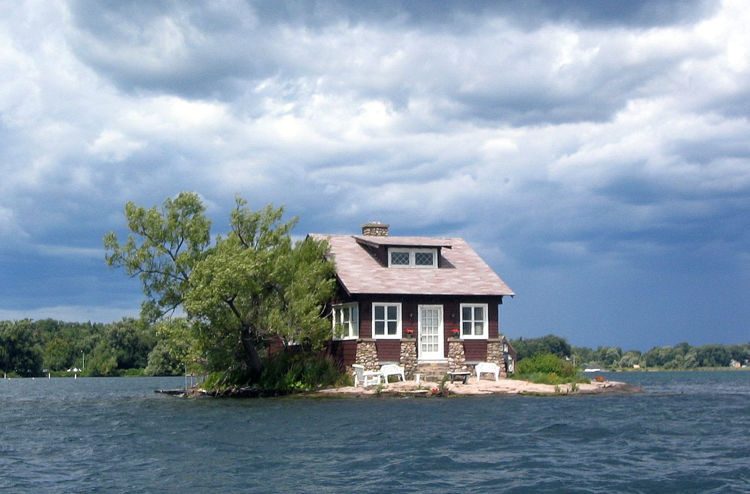
Just Room Enough Island, is an aptly-named private-owned island with literally just enough room for its owners’ house, a couple of trees and a miniature beach with a pair of bench chairs. Part of the Thousand Islands archipelago on the border between the U.S. and Canada, Just Room Enough Island measures about 3,300 square feet […]
The Japanese City Where Beautiful Koi Fish Swim in Drain Channels
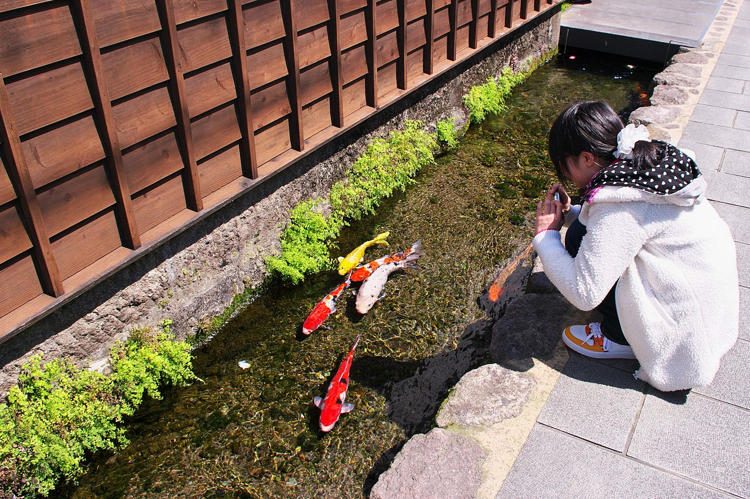
Can you imagine an inhabited city where the water running through the the drain channels is so pure that beautiful koi fish can swim in it? Well, such a place exists on Japan’s Kyushu island. It’s called Shimabara, and it’s quite a sight to behold. When the area around Shimabara was affected by the natural […]
This Famous Tree Log Has Been Floating Vertically for 120 Years And No One Knows Why
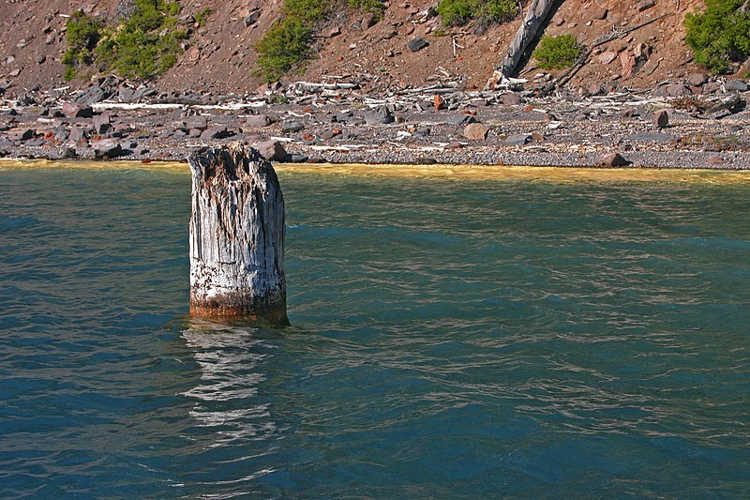
A floating tree stump known as the “Old Man of the Lake” has been bobbing in the blue water of Oregon’s Crater Lake for at least 120 years, baffling scientists with its upright orientation and allegedly even controlling the local weather. The first account of the Old Man of the Lake dates back to 1896, […]
